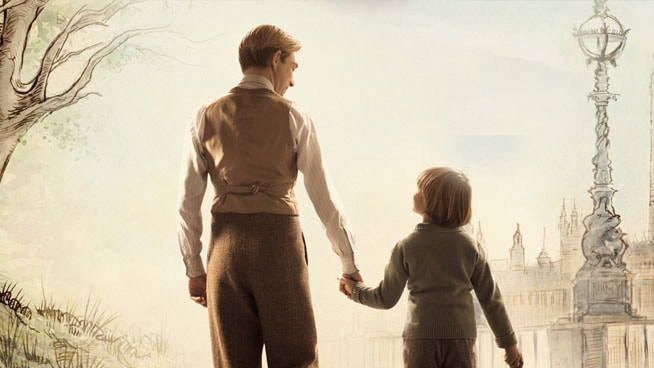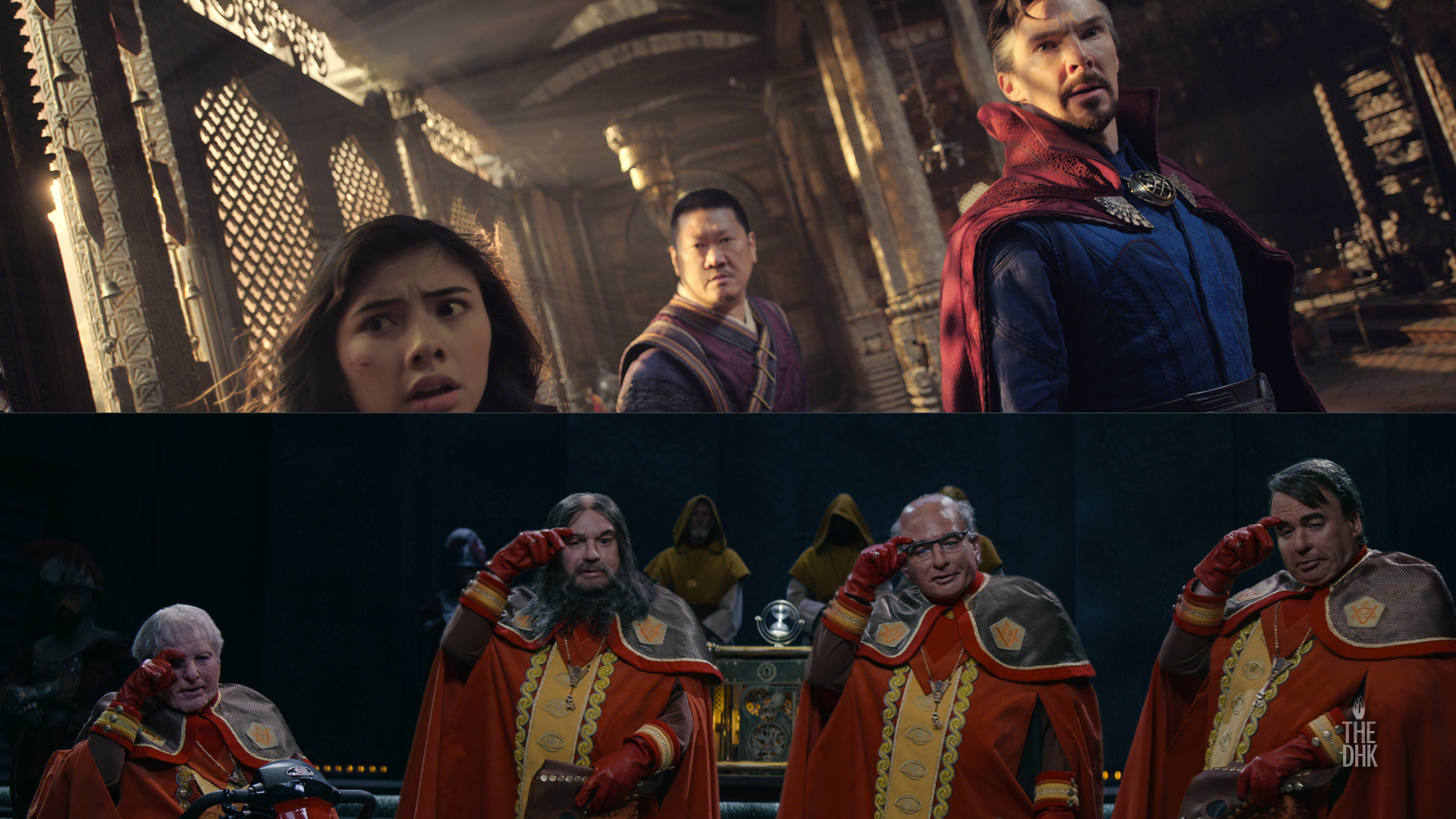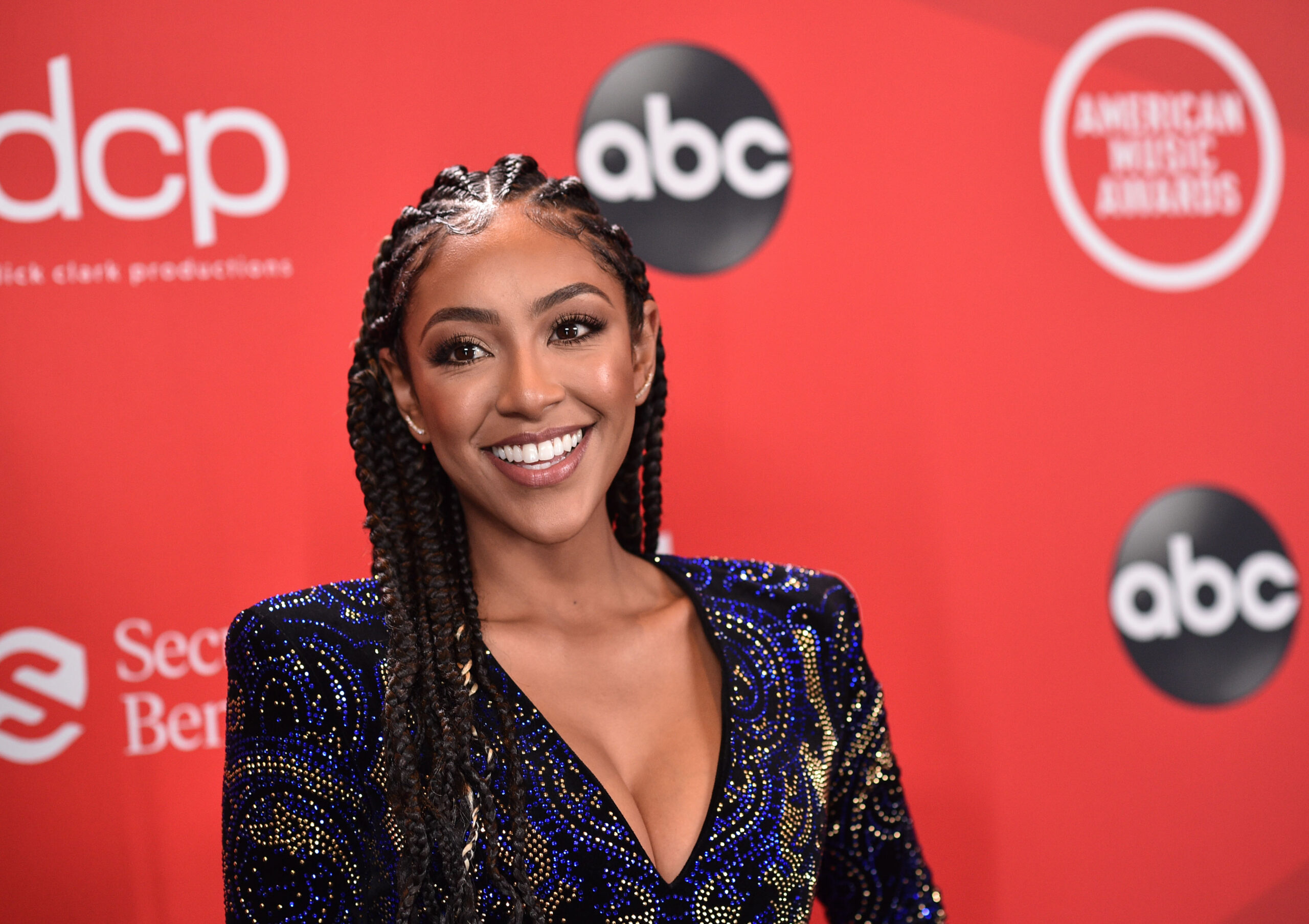Lots of daddy issues in the box office this week.
To say Hollywood has daddy issues would be an understatement. I saw not one but three films this week that grappled with the concept of fatherhood. Freud would have had a field day with them: Goodbye Christopher Robin, The Snowman and Breathe.
Goodbye Christopher Robin tells the true story of writer A. A. Milne, the famous creator of Winnie The Pooh. Suffering from PTSD after World War I, Milne (played by Domnhall Gleeson) escapes to the English countryside with his wife Daphne (played by Margot Robbie) and son, Christopher Robin (newcomer Will Tilston). It’s set in a time where the fashionable thing to do was to hand children off to a nanny as soon as humanly possible, but the film only shines during the brief father-son bonding sequences.
As the story reveals, Milne unwittingly turned his son into a child star by taking the fictional characters that were special to Christopher Robin and sharing them with the world, without his son’s blessing. He may not have meant to exploit his son’s imagination, but that turns out to be the result nonetheless. The film rushes through the strain this has on their relationship and treats the positive interactions they have together with a glossy reverence that feels at odds with the actual situation.
On a much darker front, The Snowman is a murder mystery starring Michael Fassbender as detective Harry Hole. Literally, every character in the film has an issue with their father, be it dealing with the absence of a biological father, grappling with the failings of a well-meaning father figure, or struggling not to follow in their father’s footsteps. You’d think with such a ripe psychological minefield of issues that the characters would have more dimensionality or motivation. Instead, the filmmakers seem to rely on the audience having as many hang-ups about their dad as the characters do and leaving it at that. Putting the onus on the audience results in a slew of unsympathetic, nearly unwatchable caricatures on screen.
Finally, there’s Breathe, another true-life story, about Robin and Diana Cavendish (played by Andrew Garfield and Claire Foy respectively). Set in the 1950s, Robin is struck down with Polio at the age of 28. Paralyzed from the neck down and dependent on a respirator for the remainder of his life, he seems destined for a life in a hospital bed. He understandably grows despondent and nearly gives up on life. At the urging of his wife, for the sake of their newborn son, he ends up pushing through his desire to give up.
The film’s strongest act is the second, when Robin decides to embrace life and refuses to accept being stuck in a hospital bed as his fate. He goes on to help design equipment that allows him to travel beyond the confines of a ward (with the help of his wife, who doesn’t get nearly enough credit in the film). The film is produced by their actual son, Jonathan Cavendish. Though it’s clear he’s trying to pay homage to his father’s journey and struggle, the film gets bogged down in trying to romanticize his story.
Ultimately these three films ended up relying too heavily on the assumption that the audience would have complicated relationships with their father figures. It ended up reducing what could have been three great pieces of character exploration into three caricatures that fell quite flat. While their relationships with their fathers could have informed their characters, the best stories to watch are ones where the bond informs the character but isn’t the sole defining thing. We’ve all got our hangups about our parents, but storytellers need to stop assuming that everyone has the same ones as them. Just because a character has a complicated relationship with their father or father figure does not excuse writers and directors from further developing said characters. It’s time for Hollywood to grow up and stop using fathers as a crutch to cover up weak storytelling.
Goodbye Christopher Robin tells the true story of writer A. A. Milne, the famous creator of Winnie The Pooh. Suffering from PTSD after World War I, Milne (played by Domnhall Gleeson) escapes to the English countryside with his wife Daphne (played by Margot Robbie) and son, Christopher Robin (newcomer Will Tilston). It’s set in a time where the fashionable thing to do was to hand children off to a nanny as soon as humanly possible, but the film only shines during the brief father-son bonding sequences.
As the story reveals, Milne unwittingly turned his son into a child star by taking the fictional characters that were special to Christopher Robin and sharing them with the world, without his son’s blessing. He may not have meant to exploit his son’s imagination, but that turns out to be the result nonetheless. The film rushes through the strain this has on their relationship and treats the positive interactions they have together with a glossy reverence that feels at odds with the actual situation.
On a much darker front, The Snowman is a murder mystery starring Michael Fassbender as detective Harry Hole. Literally, every character in the film has an issue with their father, be it dealing with the absence of a biological father, grappling with the failings of a well-meaning father figure, or struggling not to follow in their father’s footsteps. You’d think with such a ripe psychological minefield of issues that the characters would have more dimensionality or motivation. Instead, the filmmakers seem to rely on the audience having as many hang-ups about their dad as the characters do and leaving it at that. Putting the onus on the audience results in a slew of unsympathetic, nearly unwatchable caricatures on screen.
Finally, there’s Breathe, another true-life story, about Robin and Diana Cavendish (played by Andrew Garfield and Claire Foy respectively). Set in the 1950s, Robin is struck down with Polio at the age of 28. Paralyzed from the neck down and dependent on a respirator for the remainder of his life, he seems destined for a life in a hospital bed. He understandably grows despondent and nearly gives up on life. At the urging of his wife, for the sake of their newborn son, he ends up pushing through his desire to give up.
The film’s strongest act is the second, when Robin decides to embrace life and refuses to accept being stuck in a hospital bed as his fate. He goes on to help design equipment that allows him to travel beyond the confines of a ward (with the help of his wife, who doesn’t get nearly enough credit in the film). The film is produced by their actual son, Jonathan Cavendish. Though it’s clear he’s trying to pay homage to his father’s journey and struggle, the film gets bogged down in trying to romanticize his story.
Ultimately these three films ended up relying too heavily on the assumption that the audience would have complicated relationships with their father figures. It ended up reducing what could have been three great pieces of character exploration into three caricatures that fell quite flat. While their relationships with their fathers could have informed their characters, the best stories to watch are ones where the bond informs the character but isn’t the sole defining thing. We’ve all got our hangups about our parents, but storytellers need to stop assuming that everyone has the same ones as them. Just because a character has a complicated relationship with their father or father figure does not excuse writers and directors from further developing said characters. It’s time for Hollywood to grow up and stop using fathers as a crutch to cover up weak storytelling.
This article originally appeared on KFOG.com on October 23, 2017.


